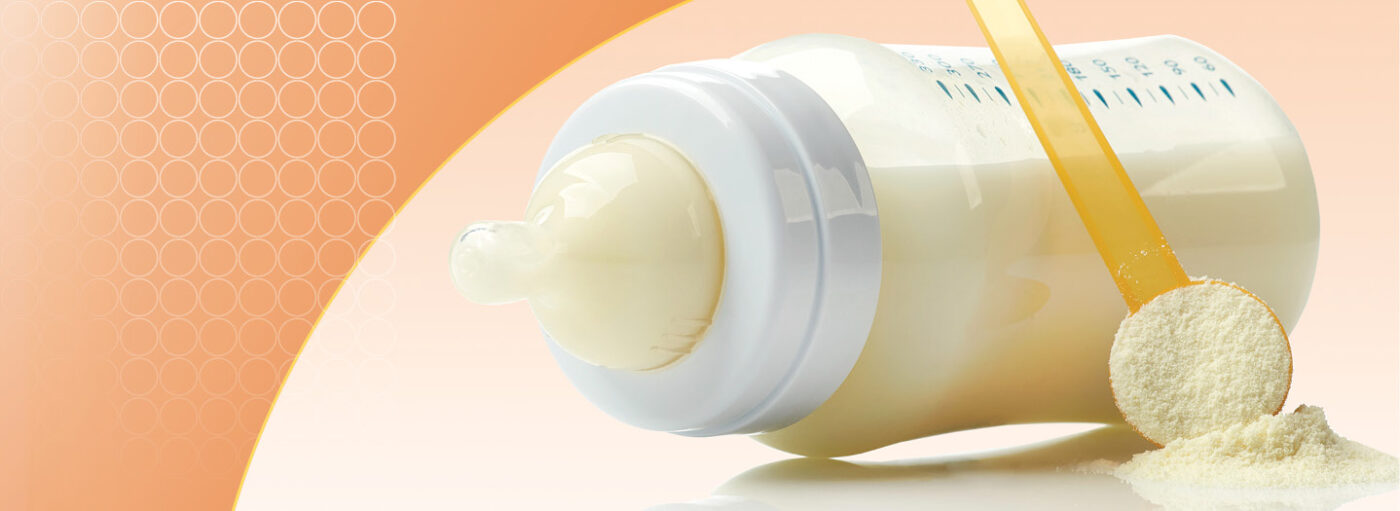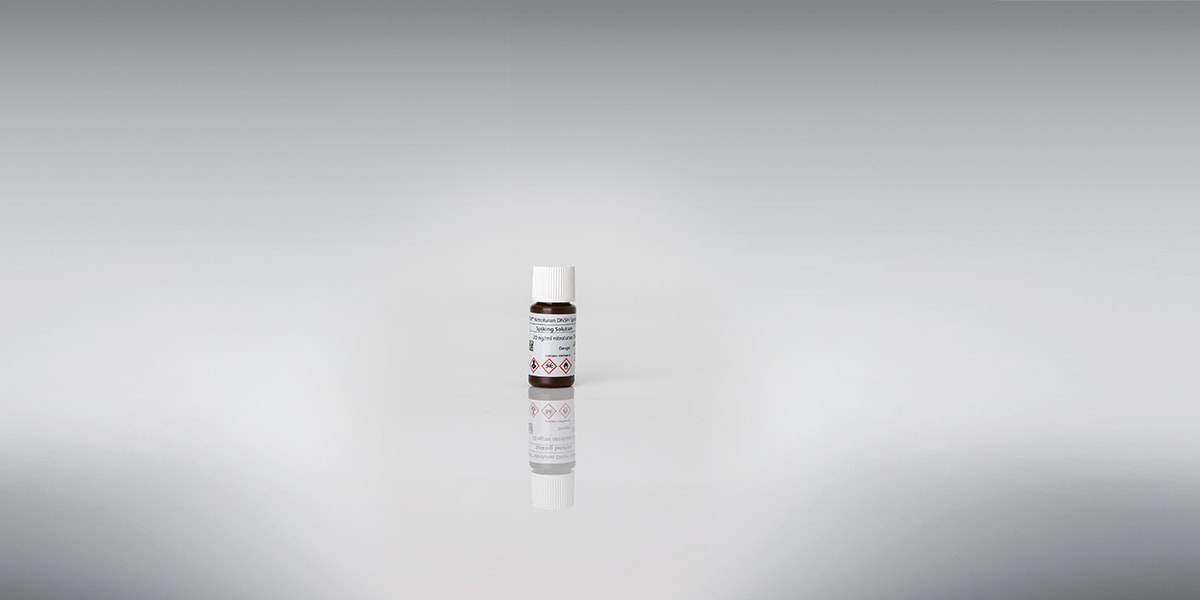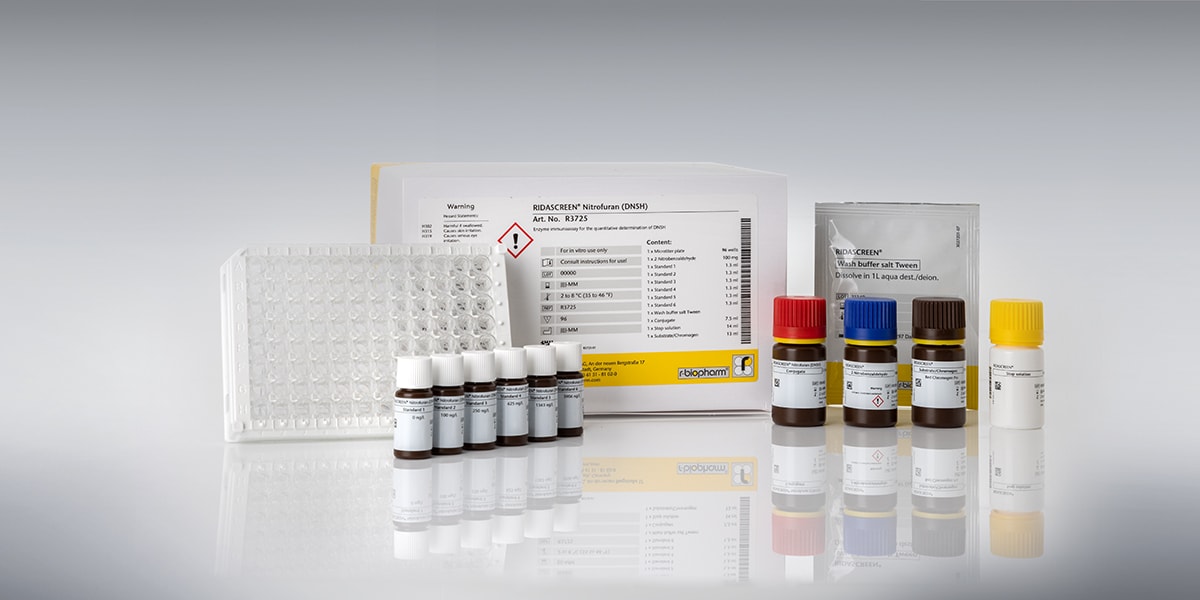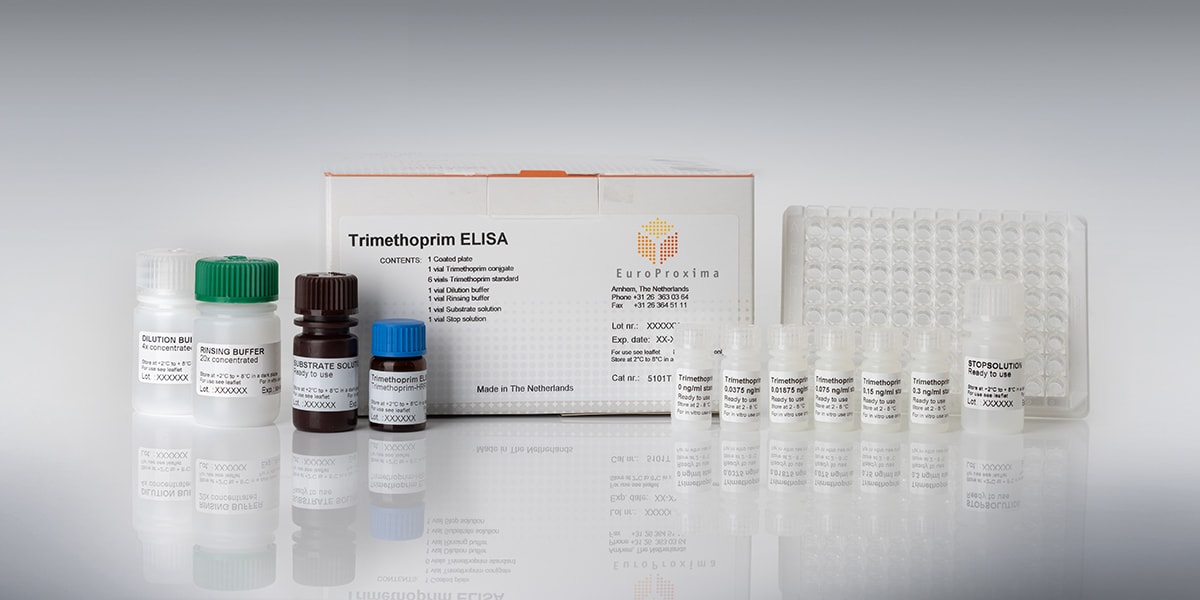
News
Recent news in Food & Feed Analysis
- Home
- /
- Bovine lactoferrin as a...
Analytes
Bovine lactoferrin as a food ingredient

Lactoferrin is a very powerful protein: it has antibacterial, antiviral, anti-fungal, anti-inflammatory, anti-cancer and anti-allergic properties. Lactoferrin isolated from bovine milk is therefore in demand as a food ingredient, e.g. for baby food. Since the EU has defined maximum levels of use, the concentration of bovine lactoferrin in food must be controlled.
Lactoferrin is a 77kDa glycoprotein consisting of a single chain polypeptide of about 700 amino acids. It is found in humans and animals in breast milk, plasma, urine and mucosal secretions (e.g. tears). Bovine lactoferrin (bLF) is reported to be a natural antioxidant with numerous other functions, including antimicrobial, anti-inflammatory and anti-cancer activities. A relative high concentration of bLF can be found in human breast milk.
In November 2012, the European Commission approved bLF produced by FrieslandCampina as a “novel food”, meaning that it can be used as an ingredient in a variety of foods throughout the European Union, including infant nutrition.
Since the launch of lactoferrin on the food market, especially the application in baby and infant feed has exploded, mainly in China and developing countries.
Quantification of lactoferrin in food

Lactoferrin ELISA by EuroProxima
EuroProxima in the Netherlands, since the beginning of this year a proud member of the R-Biopharm group, presents an ELISA test for the quantitative measurement of bovine lactoferrin (bLF) in dairy products.
The bLF ELISA from EuroProxima (Art. No. 5091LFER) is a perfect tool to quantify the concentration of lactoferrin during production and control of the end products by producers as well as controlling agencies.
The test is a competitive immunoassay in a 96-well microplate (12 strips of 8 wells). Free bLF from standard/sample and bLF-conjugate compete for the specific antibodies bound to the secondary antibodies in the wells. After an incubation step of 1 hour, the non-bound reagents are removed in a washing step. The amount of bound bLF is visualized by adding a substrate/chromogen solution.
For more information about Lactoferrin and/or the ELISA test, please contact EuroProxima at info@europroxima.com.



